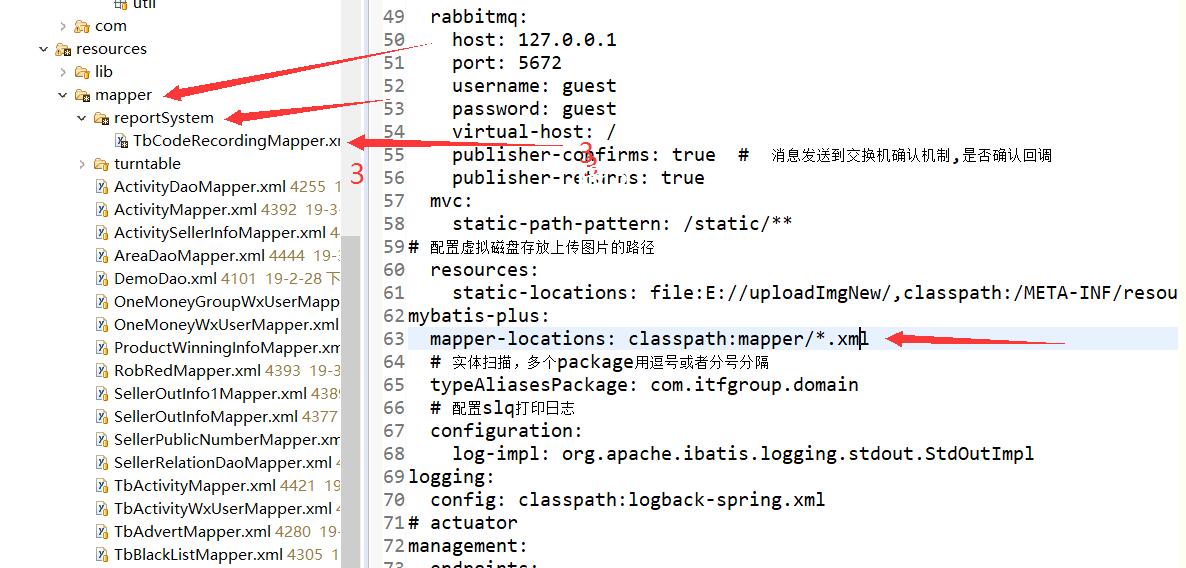文章详情页
JSP登录中Session的用法实例详解
浏览:29日期:2022-06-07 13:24:59
本文实例讲述了JSP登录中Session的用法。分享给大家供大家参考,具体如下:
登录页面
<%@ page language="java" contentType="text/html; charset=utf-8" pageEncoding="utf-8"%> <!DOCTYPE html PUBLIC "-//W3C//DTD HTML 4.01 Transitional//EN" "http://www.w3.org/TR/html4/loose.dtd"> <html> <head> <meta http-equiv="Content-Type" content="text/html; charset=utf-8"> <title>Insert title here</title> </head> <body> <div> <form action="IndexServlet" method="post"> <div> <div>账号:</div><input type="text" name="user"/> </div> <div> <div>密码:</div><input type="text" name="password"/> </div> <div> <input type="submit" name="ok" value="登录"/> </div> </form> </div> </body> </html>
检测账号密码以及设置session的IndexServlet
import java.io.IOException;
import javax.servlet.ServletException;
import javax.servlet.annotation.WebServlet;
import javax.servlet.http.HttpServlet;
import javax.servlet.http.HttpServletRequest;
import javax.servlet.http.HttpServletResponse;
import javax.servlet.http.HttpSession;
/**
* Servlet implementation class IndexServlet
*/
@WebServlet("/IndexServlet")
public class IndexServlet extends HttpServlet {
private static final long serialVersionUID = 1L;
/**
* @see HttpServlet#HttpServlet()
*/
public IndexServlet() {
super();
// TODO Auto-generated constructor stub
}
/**
* @see HttpServlet#doGet(HttpServletRequest request, HttpServletResponse response)
*/
protected void doGet(HttpServletRequest request, HttpServletResponse response) throws ServletException, IOException {
// TODO Auto-generated method stub
response.getWriter().append("Served at: ").append(request.getContextPath());
}
/**
* @see HttpServlet#doPost(HttpServletRequest request, HttpServletResponse response)
*/
protected void doPost(HttpServletRequest request, HttpServletResponse response) throws ServletException, IOException {
// TODO Auto-generated method stub
request.setCharacterEncoding("utf-8");
String user = request.getParameter("user");
String password = request.getParameter("password");
String path = request.getContextPath();
HttpSession session=request.getSession();
if ("1".equals(user) && "1".equals(password)) {
session.setAttribute("name", user);
response.sendRedirect(path + "/success.jsp");
}else{
response.sendRedirect(path + "/Index.jsp");
}
}
}
成功登录页面
<%@ page language="java" import="java.util.*" pageEncoding="UTF-8"%>
<!DOCTYPE html PUBLIC "-//W3C//DTD HTML 4.01 Transitional//EN" "http://www.w3.org/TR/html4/loose.dtd">
<%
String path = request.getContextPath();
%>
<%
Object name = session.getAttribute("name");
if(name==null){
response.sendRedirect(path+"/Index.jsp");
}
%>
<html>
<head>
<title>成功页面</title>
</head>
<body>
恭喜你,骚年,<%=session.getAttribute("name") %>,成功登陆了!
<a href="out.jsp" rel="external nofollow" >注销</a>
</body>
</html>
注销功能的jsp
<%@ page language="java" contentType="text/html; charset=UTF-8" pageEncoding="UTF-8"%>
<!DOCTYPE html PUBLIC "-//W3C//DTD HTML 4.01 Transitional//EN" "http://www.w3.org/TR/html4/loose.dtd">
<html>
<head>
<meta http-equiv="Content-Type" content="text/html; charset=UTF-8">
<title>Insert title here</title>
</head>
<body>
<%
String path = request.getContextPath();
%>
<%
session.removeAttribute("name");
response.sendRedirect(path+"/Index.jsp");
%>
</body>
</html>
希望本文所述对大家jsp程序设计有所帮助。
标签:
JSP
相关文章:
排行榜

 网公网安备
网公网安备